Today for review I’ve got another notebook from HP, the ProBook 4720s. This notebook could be called business frugal, as it’s their business class of notebooks but it’s less costly than others. The design of it is very classy with it’s stylish brushed aluminum covers to it’s glossy keyboard. The 4720s is a Corei5 based notebooks with a 500gb hard drive, ATI video and 4gigs of ram running Windows 7. It also features three USB ports, HDMI, eSATA along with a 17.3” LED backlit LCD.
The ProBook 4720s comes in the familiar box:
Inside you’ll find documentation, backup/restore disks, battery and charger.
The laptop itself looks very stylish, the top has the HP emblem in the center of a metallic gray brushed aluminum cover.
On the bottom you won’t find any doors at all, just a space for the battery to go.
Once open you’ll find a nice large 17.3” screen, above it is the 2mp web camera.
The display is nice and colorful, the colors are vibrant and the screen is clear and can be be viewed from good angles to each side.
The keyboard is beautiful, the keys are flat while there’s a black glossy background. The keyboard itself is large and comfortable to type on, the keys are spaced apart very well. Above the keyboard you’ll find the silver power button.
Below the keyboard is the touch pad and buttons, it’s odd because they’re really not separated.
The touch pad is actually bad, very bad. The buttons aren’t separate like on any other type of pad. The ones on the 4720s actually part of the touch pad itself so when you try and press the button the cursor moves, they’re kind of pointless really. As I was using I learned that it was easier to just tap the pad to double click it.
On the right side you’ll find the DVD drive, power connection, phone, and two USB ports.
On the front you’ll see a memory card reader and two audio ports.
On the left side you’ll find VGA, ethernet, HDMI, eSATA and USB ports.
The ProBook 4720s is running Windows 7 Professional 32bit but for some reason it has 4 gigs or ram. I can’t figure out why there’s 4 gigs installed when the 32bit OS can’t use it.
Here’s the System Properties:
Here’s the CPU-Z specs:
There’s not anything special installed on the ProBook 4720s:
The battery life isn’t that great at all honestly. I ran battery eater pro, but it does run 100% so it really stresses the computer more than most people ever would. I only got 1 hour and 45 minutes battery life when running at 100% load.
The ProBook 4720s is quiet overall and I couldn’t hear the fans come on even when it was under load. The notebook does get warm on the bottom and near the touch pad, but not overly so.
I ran into another small problem as well, the audio is not good at all, even at a lower volume the audio just sounds bad, I really wouldn’t want to listen to music or watch movies on this laptop.
Specifications:
HP ProBook 4720s Notebook PC WH287UT
Take care of business with the stylish, affordable HP ProBook 4720s Notebook PC. This power-packed notebook has a 17.3-inch diagonal HD+ display, a spill-resistant keyboard and numeric keypad, and wireless connectivity options for on-the-go professionals.
Specs:
Operating system: Windows 7
Processor: Intel Core i5-430M Processor (2.26 GHz, 3 MB L3 cache)
Chipset: Mobile Intel HM57 Express
Dimensions and weight:
Weight: Starting at 6.55 lb (2.97 kg)
Dimensions (w x d x h): 16.17 x 10.49 x 1.11 in (41.1 x 26.6 x 2.82 cm)
Memory:
Standard memory: 4 GB 1333 MHz DDR3 SDRAM
Memory slots: 2 SODIMM
Storage:
Internal drive: 500 GB 7200 rpm SATA II
Optical drive: DVD+/-RW SuperMulti DL LightScribe
Graphics:
Display: 17.3-inch diagonal LED-backlit HD+ anti-glare (1600 x 900)
Graphics: ATI Mobility Radeon HD 4350
Expansion features:
Ports:
-3 USB 2.0
-1 eSATA/USB 2.0 Combo
-1 external VGA monitor
-1 HDMI
-1 stereo microphone in
-1 stereo headphone/line-out
-1 AC power
-1 RJ-45
-1 RJ-11 (select models)
Slots:
-1 Express Card/34
-1 Media Card Reader
Audio: High definition audio; Integrated stereo speakers; Stereo headphone/line out; Stereo microphone/line in
Integrated camera: 2 MP webcam
Keyboard: spill-resistant keyboard with drains
Input devices: ClickPad with gestures support; Two fingers scroll, zoom, pinch and pivot rotate
Communications:
Network interface: 10/100/1000 NIC
Wireless: Atheros 802.11b/g/n
Bluetooth: 2.1
Power and operating requirements:
Energy efficiency: ENERGY STAR qualified; EPEAT Gold
Power supply: External 90-watt Smart AC adapter; HP Fast Charge
Battery type: HP 8-cell (73 WHr) Li-Ion
Price: $925.00 Starting>
So let’s get into the benchmarking of this notebook. I put the ProBook 4720s up against a few others’ I’ve reviewed in the past:
Acer Aspire 5738
HP ProBook 5310M
HP MINI 5102
We’ll start with Atto Disk Benchmark:
The performance of the drive in the 4720s is decent I’d say. About the same as the EliteBook 8440w.
Next is the Physical Disks test and the File Systems Tests from SiSoft Sandra. For all the Sandra tests I used the new SiSoft Sandra 2010 portable Edition.
Physical Disks Test:
Drive Index :
Results Interpretation : Higher index values are better.
Random Access Time :
Results Interpretation : Lower index values are better.
As the test measures raw performance it is independent on the file system the disk uses and any volumes mounted off the disk.
Drive Index: is a composite figure representing an overall performance rating based on the highest read or write speed across the whole disk. Thus the higher the better.
Access Time: is the average time to read a random sector on the disk, analogous to latency response time. Thus the lower the better.
The ProBook 4720s seems to be fairly fast when is comes to the hard drive.
Next up is the File Systems Test:
File Systems Test:
Drive Index :
Results Interpretation : Higher index values are better.
Random Access Time :
Results Interpretation : Lower index values are better.
This is not the raw disk performance that other benchmarks test – but the speed of the volume itself that depends on many more factors like file system, operating system cache, position on disk, etc. Thus this is the performance you get at the file system level.
Drive Index: is a composite figure representing an overall performance rating based on the average of the read, write, and seek tests, and file and cache size. The Drive Index is intended to represent drive performance under typical use in a PC. A larger number means better performance. The weighting of the results is not equal it represents the distribution of different files sizes as used on these devices (obtained through field research).
Here the ProBook 4720s comes in second to the other HP.
Next up is CrystalMark which tests the entire systems:
CrystalMark tests the entire system, and the ProBook 4720s come sin second best.
Next is Cinebench 10. It tests two things, the CPU and the Graphics, we’re just focusing on the Graphics test:
The second test measures graphics card performance and is run inside the 3D editor window. The project file used can test all graphics cards that support the OpenGL standard. In this scene, only the camera was animated. This scene places medium to low demands on graphics cards and tests the maximum speed with which the scene can be properly displayed.
Scores:
HP EliteBook 8440w: 3840
HP ProBook 4720s:2788
Acer Aspire 5378: 3818
HP ProBook 8440w: 1033
Here’s the screen shots if you’re interested:
Here again the ProBook 4720s comes in second place.. I see a pattern emerging here.
Next is SiSoft Sandra CPU Multi-Media Benchmark.
Results Interpretation : Higher index values are better.
Benchmark the (W)MMX(2), SSE(2/3/4), AVX processor units.
Results Interpretation
Multi-Media Integer (Pixels/s) – higher results are better, i.e. better integer performance.
Multi-Media Single/Double Float (Pixels/s) – higher results are better, i.e. better floating-point performance.
I expected the 8440w to be the best since it has a Corei7 in it while the 4720s has a Corei5 in it.
Next up we’ve got SiSoft Sandra CPU Arithmetic Test:
Results Interpretation : Higher index values are better.
Benchmarks the ALU and FPU processor units
Results Interpretation
Dhrystone (MIPS) – higher results are better, i.e. better integer performance.
Whetstone (MFLOPS) – higher results are better, i.e. better floating-point performance.
Next is the Cache and Memory Test:
Benchmark the processors’ caches and memory access (transfer speed).
Results Interpretation
Cache/Memory Bandwidth (MB/s) – higher results are better, i.e. faster memory bandwidth.
Speed Factor (MB/s) – lower results are better, i.e. less difference between processor cache speed and memory speed.
Next is the Memory Bandwidth test:
Benchmark the memory bandwidth of your computer
Results Interpretation
Integer Memory Bandwidth (MB/s) – higher results are better, i.e. faster memory bandwidth.
Float Memory Bandwidth (MB/s) – higher results are better, i.e. faster memory bandwidth.
The ProBook 4720s performs admirably well really in most all of the tests from what I can see, and here again we see it comes in second only to another HP computer.
next is the Memory Latency Test:
Benchmark the latency (response time) of processors’ caches and memory
The latency of caches is measured in processor clocks (i.e. how many clocks it takes for the data to be ready) as it is dependent on the processor clock speed.
The latency of memory is measured in nanoseconds as it is typically independent on processor clock speed.
Results Interpretation:
Latency: Lower is better
Speed Factor: Lower is better
Here we actually see the ProBook 4720s coming in last place in this test.
Finally we have the x264 HD Benchmark 3.0 from TechArp
Simply put, it is a reproducible measure of fast your machine can encode a short HD-quality video clip into a high quality x264 video file. It’s nice because everyone running it will use the same video clip and software. The video encoder (x264.exe) reports a fairly accurate internal benchmark (in frames per second) for each pass of the video encode and it also uses multi-core processors very efficiently. All these factors make this an ideal benchmark to compare different processors and systems to each other.
Results for the Acer Aspire 5738
————————–
encoded 1442 frames, 29.49 fps, 3899.26 kb/s
encoded 1442 frames, 25.99 fps, 3899.26 kb/s
encoded 1442 frames, 29.76 fps, 3899.26 kb/s
encoded 1442 frames, 29.25 fps, 3899.26 kb/s
encoded 1442 frames, 6.62 fps, 3971.05 kb/s
encoded 1442 frames, 6.97 fps, 3970.71 kb/s
encoded 1442 frames, 7.27 fps, 3971.37 kb/s
encoded 1442 frames, 7.31 fps, 3971.33 kb/s
Results for the Hp ProBook 5310m:
————————–
encoded 1442 frames, 31.59 fps, 3899.26 kb/s
encoded 1442 frames, 31.54 fps, 3899.26 kb/s
encoded 1442 frames, 31.46 fps, 3899.26 kb/s
encoded 1442 frames, 30.98 fps, 3899.26 kb/s
encoded 1442 frames, 7.77 fps, 3971.94 kb/s
encoded 1442 frames, 7.80 fps, 3971.84 kb/s
encoded 1442 frames, 7.80 fps, 3970.77 kb/s
encoded 1442 frames, 7.79 fps, 3971.91 kb/s
Results for the HP ProBook 4720s:
————————–
encoded 1442 frames, 41.10 fps, 3901.21 kb/s
encoded 1442 frames, 40.96 fps, 3900.68 kb/s
encoded 1442 frames, 40.92 fps, 3901.21 kb/s
encoded 1442 frames, 40.51 fps, 3900.68 kb/s
encoded 1442 frames, 11.07 fps, 3971.55 kb/s
encoded 1442 frames, 11.02 fps, 3971.51 kb/s
encoded 1442 frames, 11.05 fps, 3971.53 kb/s
encoded 1442 frames, 11.05 fps, 3972.21 kb/s
Results for HP EliteBook 8440w:
————————–
encoded 1442 frames, 47.48 fps, 3900.68 kb/s
encoded 1442 frames, 48.60 fps, 3900.68 kb/s
encoded 1442 frames, 47.99 fps, 3900.68 kb/s
encoded 1442 frames, 47.70 fps, 3900.68 kb/s
encoded 1442 frames, 13.52 fps, 3971.57 kb/s
encoded 1442 frames, 13.62 fps, 3972.05 kb/s
encoded 1442 frames, 13.37 fps, 3971.66 kb/s
encoded 1442 frames, 13.54 fps, 3970.56 kb/s
I also ran it on my Corei5 750 computer:
————————–
encoded 1442 frames, 63.64 fps, 3901.21 kb/s
encoded 1442 frames, 64.67 fps, 3900.68 kb/s
encoded 1442 frames, 64.07 fps, 3901.21 kb/s
encoded 1442 frames, 63.98 fps, 3900.68 kb/s
encoded 1442 frames, 19.67 fps, 3971.81 kb/s
encoded 1442 frames, 19.76 fps, 3971.25 kb/s
encoded 1442 frames, 19.61 fps, 3972.15 kb/s
encoded 1442 frames, 19.53 fps, 3970.28 kb/s
The Corei5 4720s and the Corei5 8440w are close surprisingly.
Conclusion:
If you’re looking for a nice looking business centric laptop then you can’t go wrong with the ProBook 4720s I’m sure. It has a very professional look and feel to it, that’s sure to please anyone. The performance is very good overall and I’m impressed really.
There are a few issues with it, specifically the battery life, touch pad and audio. The battery life is a bit short, but then again it is a Corei5 system. The touch pad is not exactly a major issue, it can be worked around, it’s more of an annoyance than anything. The audio though is pretty bad really and I’m thinking there may have been an actual problem with the unit I received for review honestly.
Pros:
+Looks great
+Fast
+Nice keyboard
+Well made
Cons:
-Bad audio
-Track pad is weird
-Battery life not the greatest
| Grades: | |
| Overall |  |
| Design |  |
| Performance |  |
To learn more about our review policy please visit this page HERE.

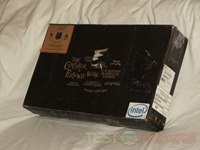
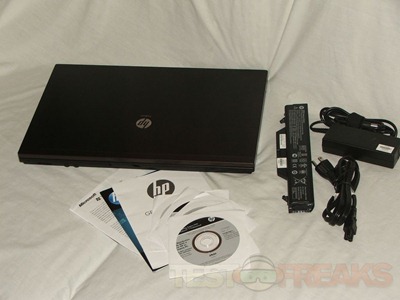
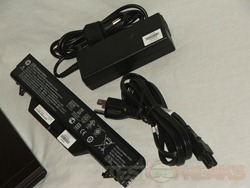
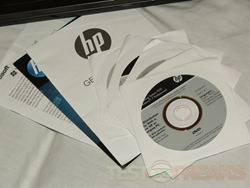
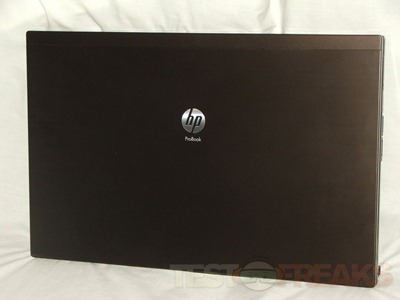
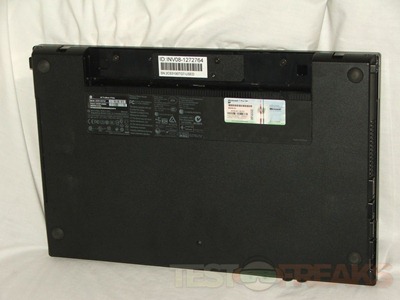
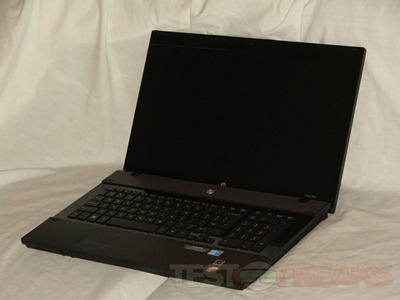
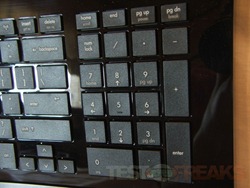
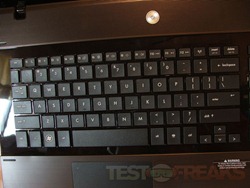
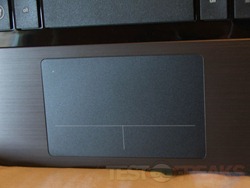
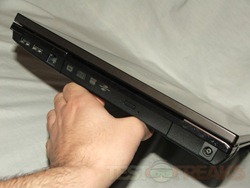
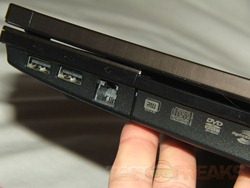

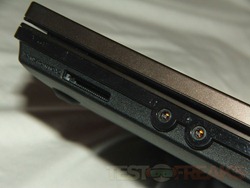
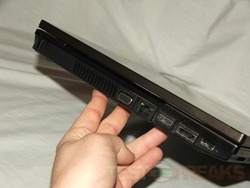
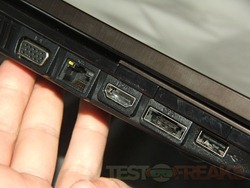
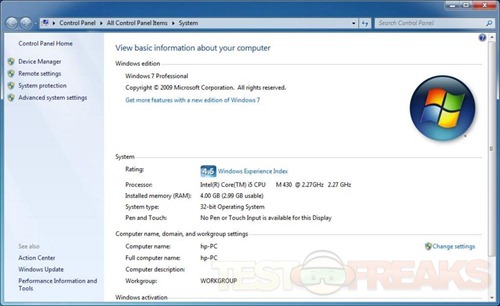
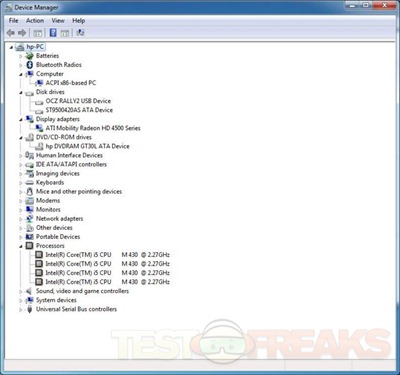
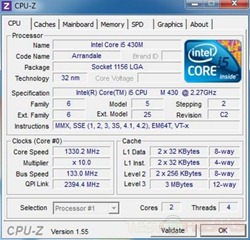
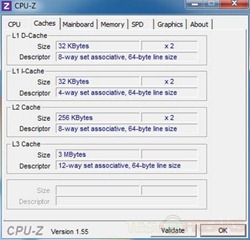
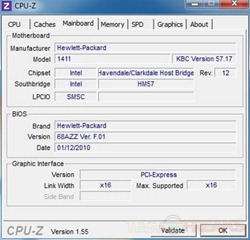
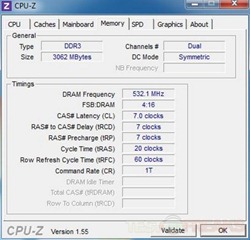
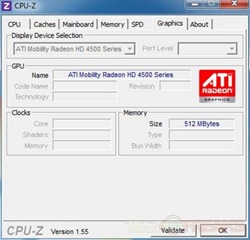
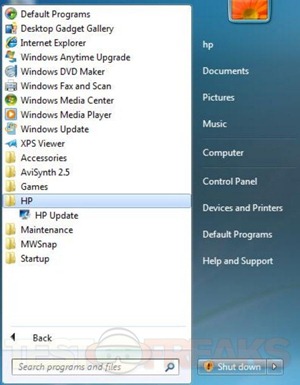
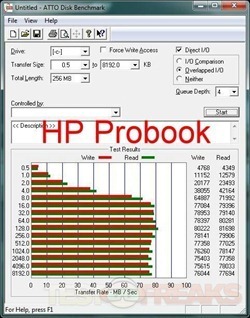
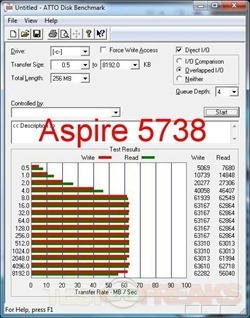
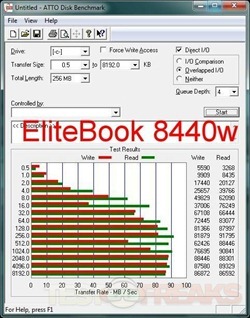
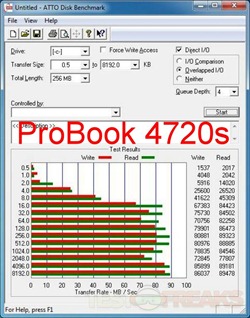
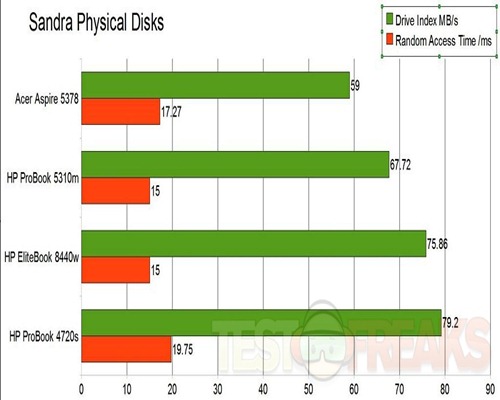
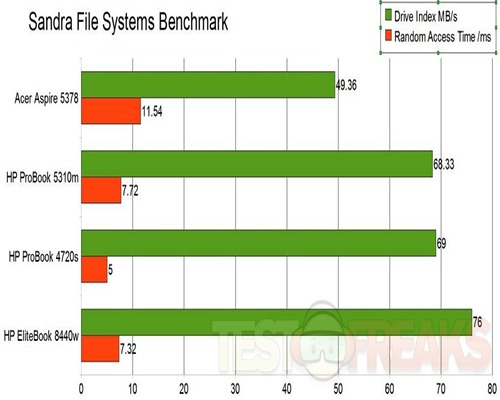
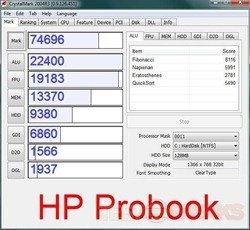
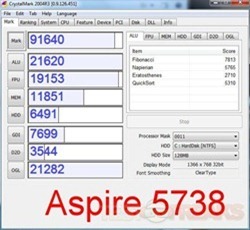
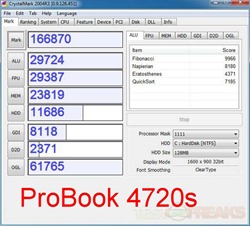
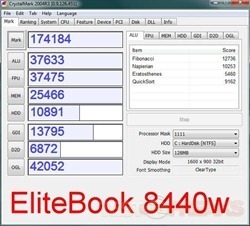
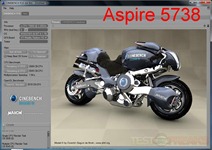
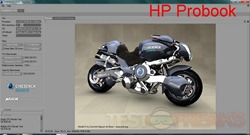
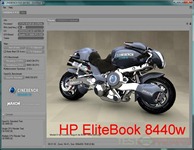
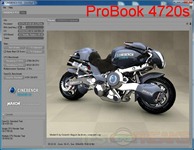
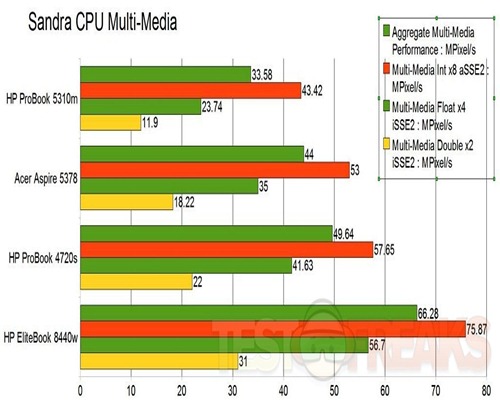
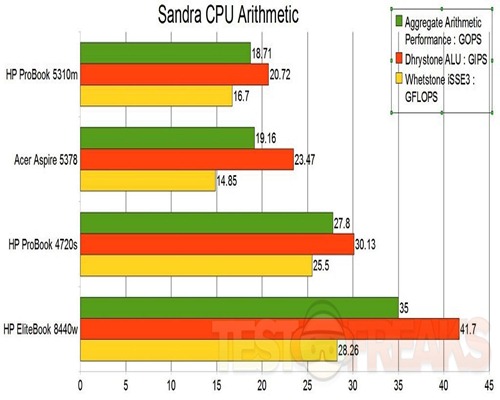

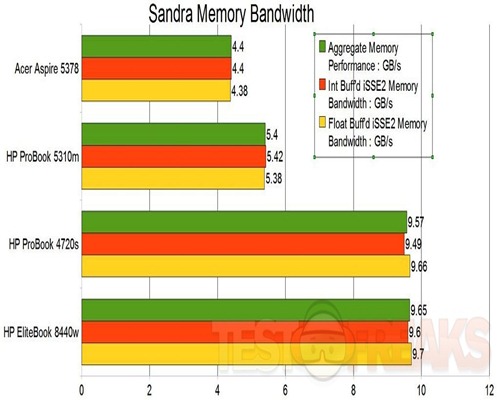
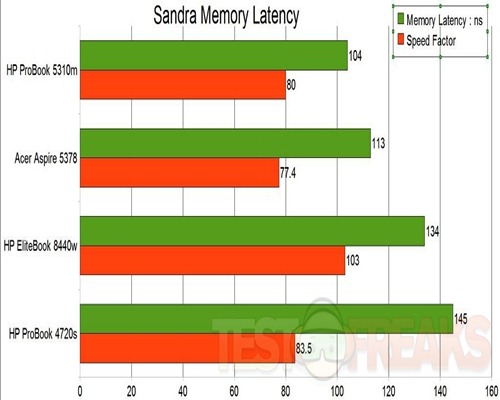





5 comments for “Review of HP ProBook 4720s Notebook PC WH287UT”